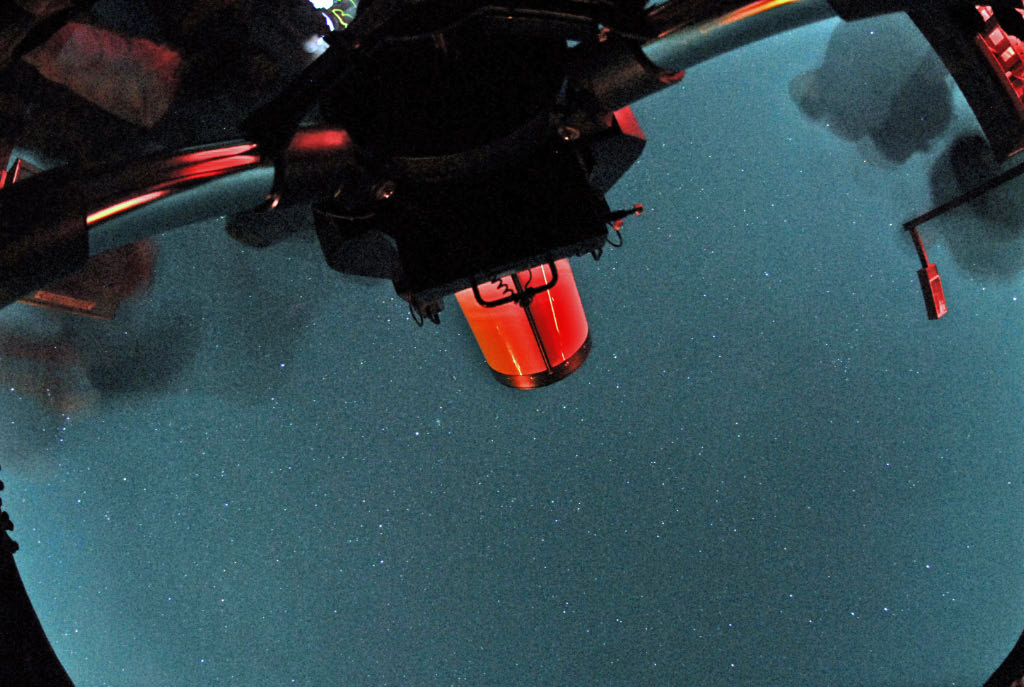You are doing ad-hoc field data collection – what are you really seeing when you see what you see? And how much of the (data collecting) situation exists because of your presence? And given the positive and negative biases that your presence has, how can you reduce their impact?
Taking the most recent field study in Delhi as an example – being an obvious foreigner made it easier to gain access to people to a number of situations, but I’m well aware that almost all of the street interviews that I took part in only involved male participants – introducing a gender bias to my data. Gender mixed field study teams is a basic requirement, but even with a gender mixed team there are biases such as what data is given what prominence in the final report which is affected by who the primary authors are which goes back to who has what access to collecting what data?
if you study a topic such as what people carry eventually you’ll come in contact with grey market activities – which given the nature of the grey market provides a number of opportunities to introduce data biase. I recall a recent street interview where the conversation veered to anti-social activities and whether I was an undercover cop – the participant pushed the convesation to this topic by first suggesting that I could be the police, then reaching the conclusion herself that I was not. At this point I tried to argue that I could be the police – the conversation went something along the lines of [her] you’re not the police [me] how do you know? [her] you don’t dress like the police [me] yeah, but you can’t really be sure? In the event (I assume) she assumed I was not the police because the conversation and her manner was open. But ultimately was it? And whilst there is a good deal of literature on why and how we affect the data that is collected, in the field it sometimes comes down to making a judgment call, ideally with biases discussed by the team and factored in during the data analysis.
And why these photos? To work effectively the telescopes on Mauna Kea require support from Big Island residents – the use of orange low impact sodium street lighting which, like our biases, can be filtered out (in this case by the telescopes). The end result is a clear view of the night sky.
I’m in the planning process for a field study in a highly gender segregated culture later this year, and wondering how best to approach ad-hoc street data collection, if at all. Thoughts and suggestions welcome.
